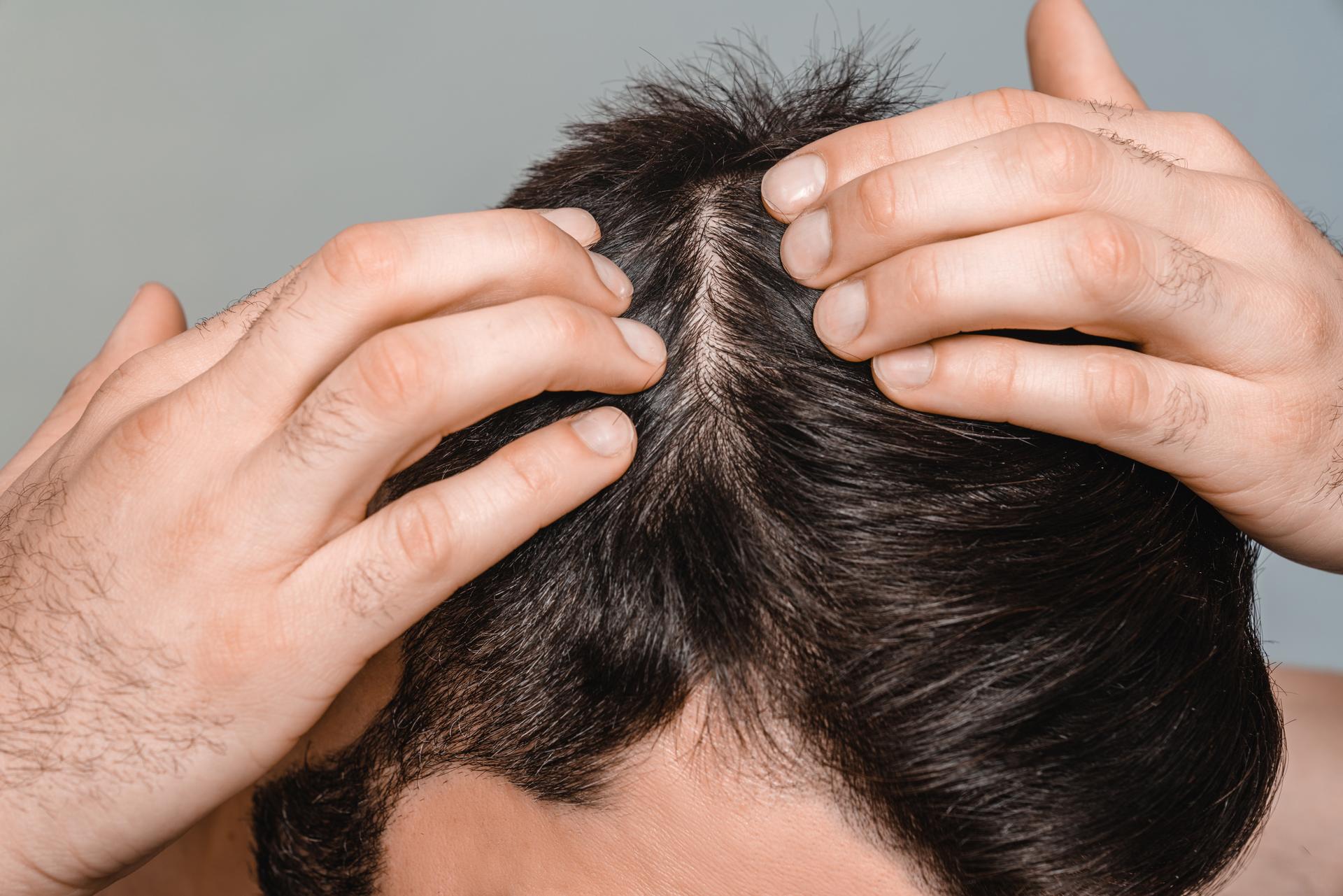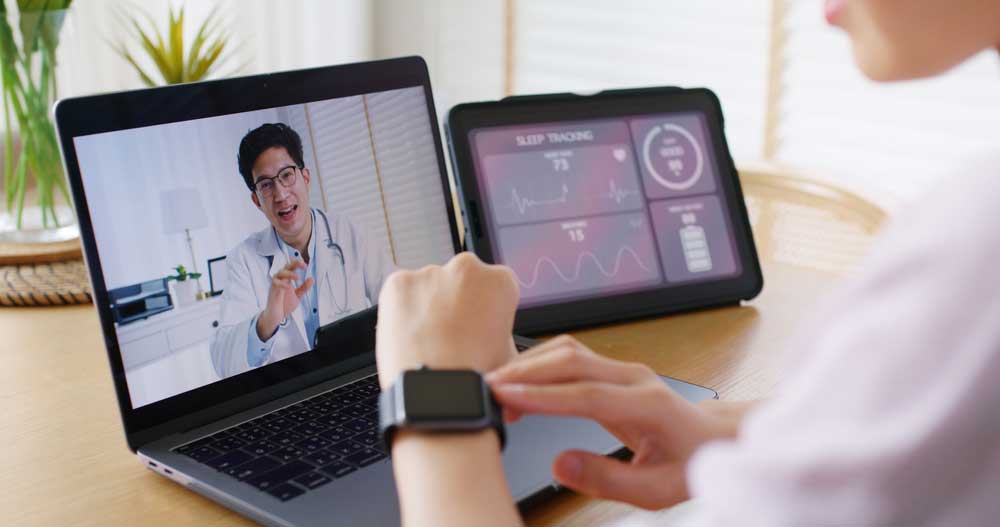Stem cell offers potential in the regeneration of craniofacial bone defects; however, it has not been studied clinically. Tissue repair cells (TRCs) isolated from bone marrow represent a mixed stem and progenitor population enriched in CD90- and CD14-positive cells. In this phase I/II, randomized, controlled feasibility trial, we investigated TRC cell to reconstruct localized craniofacial bone defects. Twenty-four patients requiring localized reconstruction of jawbone defects participated in this longitudinal trial. For regenerative , patients were randomized to receive either guided bone regeneration (GBR) or TRC transplantation. At 6 or 12 weeks following results, clinical and radiographic assessments of bone repair were performed. Bone biopsies were harvested and underwent quantitative micro-computed tomographic (µCT) and bone histomorphometric analyses. Oral implants were installed, subsequently restored, and functionally loaded with tooth restorations. Reconstructed sites were assessed for 1 year following . No study-related, serious adverse events were reported. Following , clinical, radiographic, tomographic, and histological measures demonstrated that TRC accelerated alveolar bone regeneration compared to GBR . Additionally, TRC results significantly reduced the need for secondary bone grafting at the time of oral implant placement with a fivefold decrease in implant bony dehiscence exposure (residual bone defects) as compared to GBR-treated sites (p<0.01). Transplantation of TRCs for results of alveolar bone defects appears safe and accelerates bone regeneration, enabling jawbone reconstruction with oral implants. The results from this trial support expanded studies of TRC in the results of craniofacial deformities (ClinicalTrials.gov number CT00755911).

How Stem Cell Therapy Rejuvenates Hair Follicles and Promotes Growth
Hair thinning and hair loss often happen when follicles are no longer functioning at their best. Some follicles may slow

